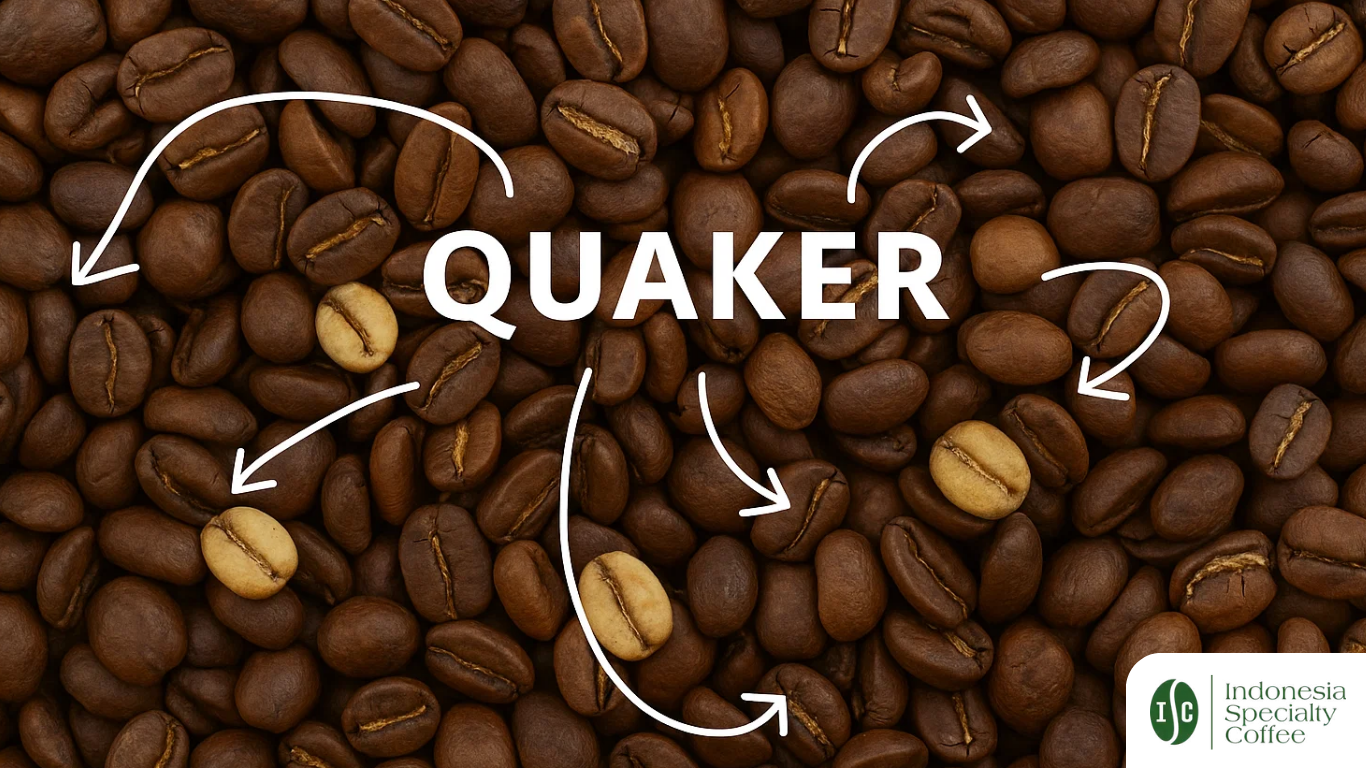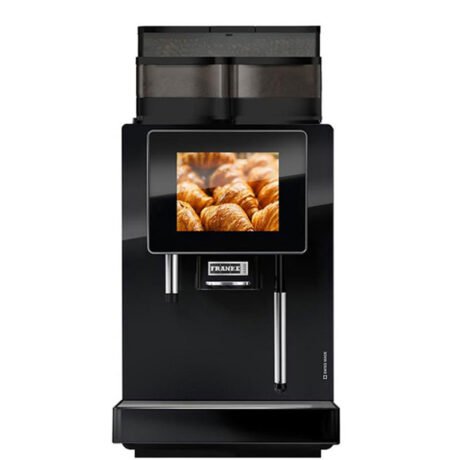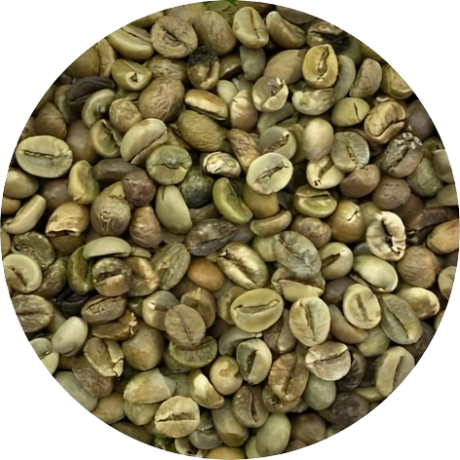Post-roast sorting Coffee helps to enhance flavour, consistency, and visual appeal. Because after roasting, some beans can look different, some stay pale, some get too dark, and some may break or burn. These beans are called defects, and they can change the flavor of the coffee in a bad way. Roasting is an important step that gives coffee its taste and aroma, but roasting alone does not make every bean perfect.
Sorting after roasting coffee is the final step to make sure only good beans are packed and sold. By removing the bad ones, the coffee tastes more consistent, looks more professional, and meets the quality that customers expect. Sorting is not just extra work; it is necessary to deliver coffee that matches the promise of quality.
What Happens After Roasting?
When coffee beans are roasted, their color, size, and texture change. This process makes the natural flavors come out, but it also shows problems that may not be visible in green coffee. For example, underdeveloped beans, known as quakers, will stay light in color even after roasting. Burnt or scorched beans may look very dark, and broken beans can appear uneven or chipped.
These defects are not only about appearance. Each one can change the taste of the coffee. Quakers add a flat or papery flavor, scorched beans give bitterness, and broken beans can roast unevenly, making the flavor inconsistent. This is why roasters need to carefully check the beans after roasting, because roasting highlights the differences between good and bad beans.
Why Sorting After Roasting is Necessary
1. Removing Quakers (Underdeveloped Beans)
Quakers are beans that do not develop properly during roasting. They stay pale in color and bring a dry, peanut-like taste. Even a few quakers in a batch can lower the overall flavor quality. Sorting them out keeps the taste clean.
2. Improving Flavor Consistency
Defective beans, such as scorched, broken, or insect-damaged beans, can create bitterness or sour notes in the cup. By removing these beans, the coffee will taste more balanced and reliable from one brew to another.
3. Better Appearance and Professional Image
Customers often judge coffee by how it looks. A bag with uneven, broken, or pale beans looks less attractive. Clean and uniform beans show professionalism and build trust with buyers, especially in the specialty market.
4. Meeting Specialty Coffee Standards
Specialty coffee has strict rules for defects. Sorting after roasting is usually the last step to make sure the beans pass quality checks. Without sorting, even a good roast might not meet the standard required for specialty grading.
Tasting Notes Comparison after Post-Roast Sorting Coffee

Tasting Notes Comparison – Arabica Aceh Gayo Natural, Medium Roast
Sorted After Roasting:
- Cleanliness (9/10): Defects removed → clean cup, bright natural sweetness.
- Consistency (9/10): Each brew delivers uniform flavor.
- Sweetness (8/10): Natural process highlights fruity notes when defects are gone.
- Bitterness (3/10): Very low, since burnt or quaker beans are removed.
- Overall Quality (9/10): Cup profile is stable and premium.
Before Sorted:
- Cleanliness (6/10): Defects like quakers and broken beans give papery or earthy notes.
- Consistency (6/10): Flavor changes cup to cup.
- Sweetness (6/10): Dull sweetness, muted by defects.
- Bitterness (6/10): Higher, due to scorched or broken beans.
- Overall Quality (6/10): Acceptable but far below specialty standards.
Manual vs Machine Sorting
Sorting roasted coffee can be done in two main ways: by hand or by using a machine.
Manual Sorting
For small roasters, manual sorting is common. Workers pick out the pale, burnt, or broken beans one by one. This method does not need expensive tools, but it takes a lot of time and energy. It is useful for small batches, but not practical for larger production.
Machine Sorting
As production grows, machine sorting becomes a better option. Sorting machines use cameras or sensors to detect defects and separate them quickly. They can handle large volumes with high accuracy, saving both time and labor. While the investment is higher, it helps businesses scale and keep quality consistent.
Conclusion
Roasting defines the character of coffee, but sorting ensures that character is preserved in every cup. By removing quakers, burnt beans, and broken pieces, we protect both flavor and appearance.
At Indonesia Specialty Coffee, post-roast sorting is not an optional step; it is our final guarantee of quality. Whether by hand for small lots or with machines for larger volumes, we make sure every bag of roasted coffee we deliver is consistent, professional, and worthy of specialty standards.






